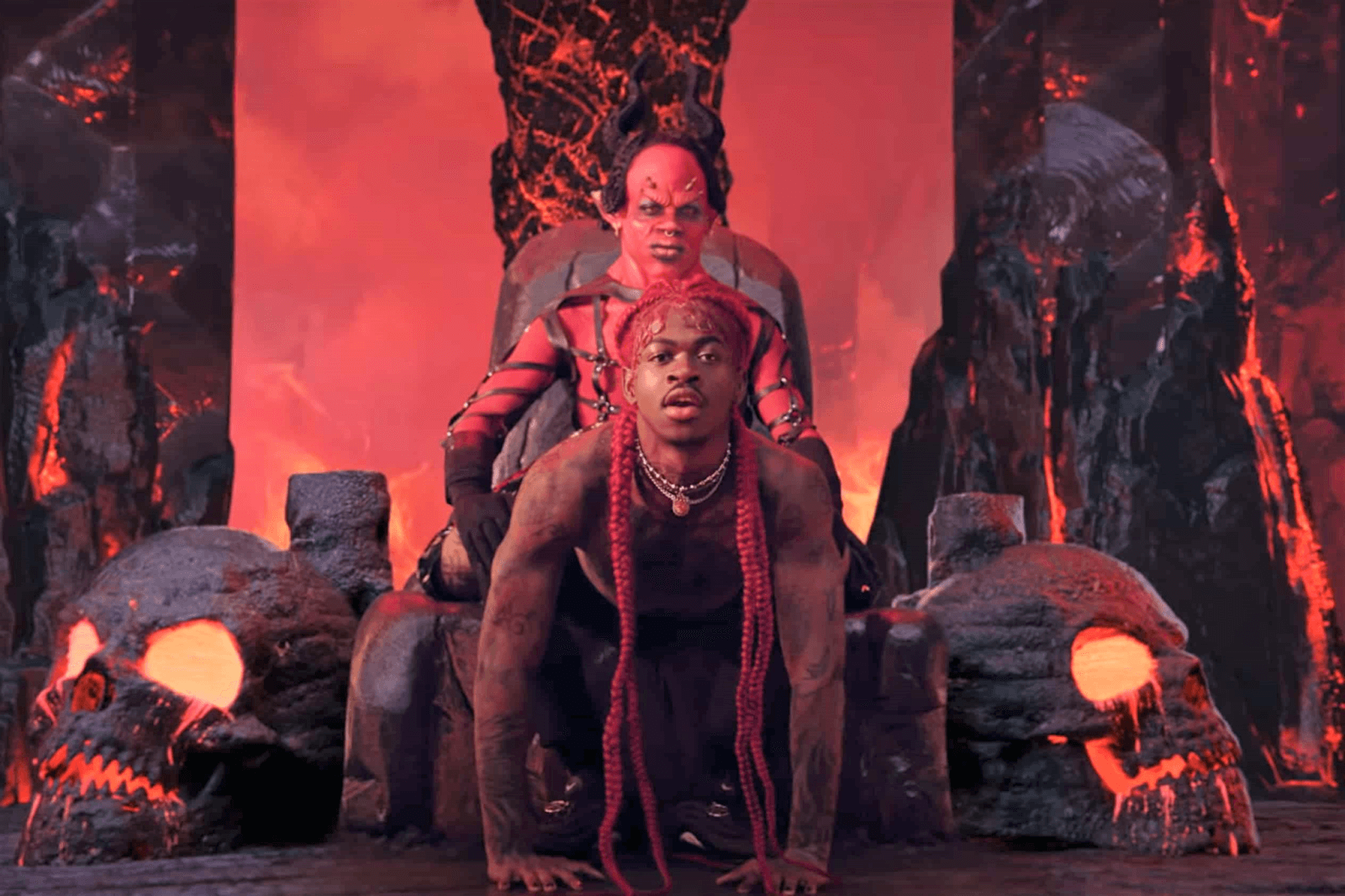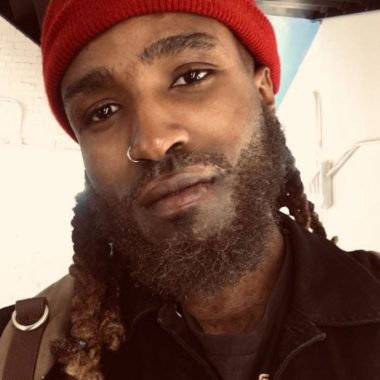When genre-bending musician Lil Nas X debuted his single Montero (Call Me by Your Name) in March 2021, no one could have predicted its accompanying video, nor the outrage that would quickly follow. When the music video debuted, the reaction was reminiscent of early 2000’s pop culture shock –– Janet Jackson’s nipple gate at the 2004 Super Bowl, or more recently Miley Cyrus’ twerking while tongue out, at the 2013 MTV VMAs.
Nas’ highly stylistic and colorful visual used religious themes such as the Garden of Eden, angels, and of course, the connective stripper pole lodged between heaven and hell. Outrage over pop culture’s use of religious symbols is nothing new, it’s actually predictable. So, why did the Nas X video still garner such a strong reaction? Perhaps for the same reasons why some folks (like myself) believe the video didn’t go far enough –– three words, Black, gay, religion.
In 2019 Lil Nas X rose to popularity as a musician from his Columbia Records re-release of Old Town Road, he was almost omnipresent. Old Town Road catapulted him to peak success, Nas X had millions channeling their inner cowboy. His blend of country music and hip hop was a unique sound that set him apart from his peers, which eventually led to a feature from country music veteran Billy Ray Cyrus. Old Town Road would have a record-breaking stay at number one on the Billboard Hot 100, surpassing Mariah Carey for the most consecutive weeks at number one. However, despite his popularity and boy-next-door image, Nas X was still subject to several challenges surrounding his race and participation in country music.
Lil Nas X was met with hostility and racism from a noticeable swath of angry country music fans. The critics stated that Old Town Road was too ‘hip hop’. The double standard for Nas X was quite obvious. Country musicians like Niko Moon or Sugarland Band have been allowed to incorporate aspects of other genres without much fuss. Truthfully, Old Town Road’s only hip hop element was some of its percussion. The song would be shut out of winning any country music awards at the CMAs.
During the height of the racial controversy, Nas did receive plenty of support from the Black community and other communities as well. Then came his sexual orientation. In June 2019 (Pride month), Lil Nas X revealed on Twitter that he was gay saying, [Some of y’all already know, some of y’all don’t care, some of y’all not gone fuck with me no more, but before this month ends I want y’all to listen closely to c7osure.]
Shortly thereafter, Lil Nas would go into more detail about his sexuality in a series of interviews. Reaction to his coming out ranged from indifference to disdain. While Nas X didn’t receive a George Micheal response to his own orientation, it was interesting to notice homonegative comments coming from some of the same spaces that supported him during his Old Town Road race controversies.
It’s no secret that queerness is a touchy subject in the Black community. Historically speaking, Black Americans tend to be socially conservative on the topic of homosexuality, while also being relatively religious. For his Montero video, Nas X chose to portray gayness, or queerness, as a sexually liberated, feminine character. The Montero video is filled with pastel colors, pinks and soft blues, thigh-high boots, body-hugging underwear, and suggestive dancing. The combination of explicit gay sexuality and religious figures was sure to stir up conversation within the Black community (and other communities). Nas’ presentation definitely broke barriers for Black gay artists, especially Black queer men who are fem (feminine) presenting.
Within Black LGBTQ spaces, dark-skinned, full-featured and kinky-haired feminine men are often subject to all of the same colorism, texturism, and featurism seen throughout society at large. Lil Nas X, while arguably at the height of his fame, chose to explicitly portray himself in a way that was unmistakably gay, Black and fem. Had he chosen to present as traditionally masculine in the Montero video, his full features, kinky hair, and dark skin would be seen as an asset to his desirability–– the Mandingo effect. Rather than be fetishized for stereotypical Black masculinity, Lil Nas X chose to pedestalize one of the most poorly represented types of people within the Black community –– dark-skinned, Black, gay fems.
The significance of Nas’ Montero video cannot be understated. Nas X is not the first popular Black male musician to come out as queer, but he certainly is the most public, and transparent popular Black gay singer today. In contrast to millennial queer artist Frank Ocean, who has been more vague regarding his sexuality, Nas X leaves little to interpretation, a marker of his generation (Gen Z) –– more exhibitionist, and even more progressive.
For many viewers the Montero video was a major milestone in Black queer represent ion. At times the visuals are quite beautiful, some frames even reminiscent of Lord of the Rings (wide shot of pole dance into hell). However, for others who are privy to Black LGTBQ spaces (like myself), the video may not have delivered completely. Though Lil Nas’ pole dance into hell is likely to be remembered as an iconic moment in pop culture, the video overall is lacking a true-to-life quality, and at times comes off as a parody of Black gayness.
Despite all its raunchiness, Montero lacks the ferociousness, and spirited execution one could see at almost any Black gay club in America. From the wigs to the dancing and costuming, the video didn’t fully bring to life the beauty and vibrancy of Black gay culture, and perhaps that wasn’t the goal.
In addition, what Lil Nas X didn’t lack was a budget, so why wasn’t the representation of the underworld grander? Or the display of raunchy Black gay sexuality more masterful? It does make me wonder, were there Black gay folks working closely with him? One unfortunate perspective is, Nas X could be seen as an archetype for future Black gay misrepresentation, backed by a major label, foreshadowing highly diluted, but well-funded Black gay content.
Critiques aside, the visibility Nas X has given to Black gay artists will open the door for more Black gay representation in popular music, especially for gay Black, dark-skinned, and feminine artists. Lil Nas X has certainly accomplished that very difficult feat with Montero.
Roderick Thomas is an NYC based writer and Cinematographer
(Instagram: @Hippiebyaccident, Email: rtroderick.thomas@gmail.com










